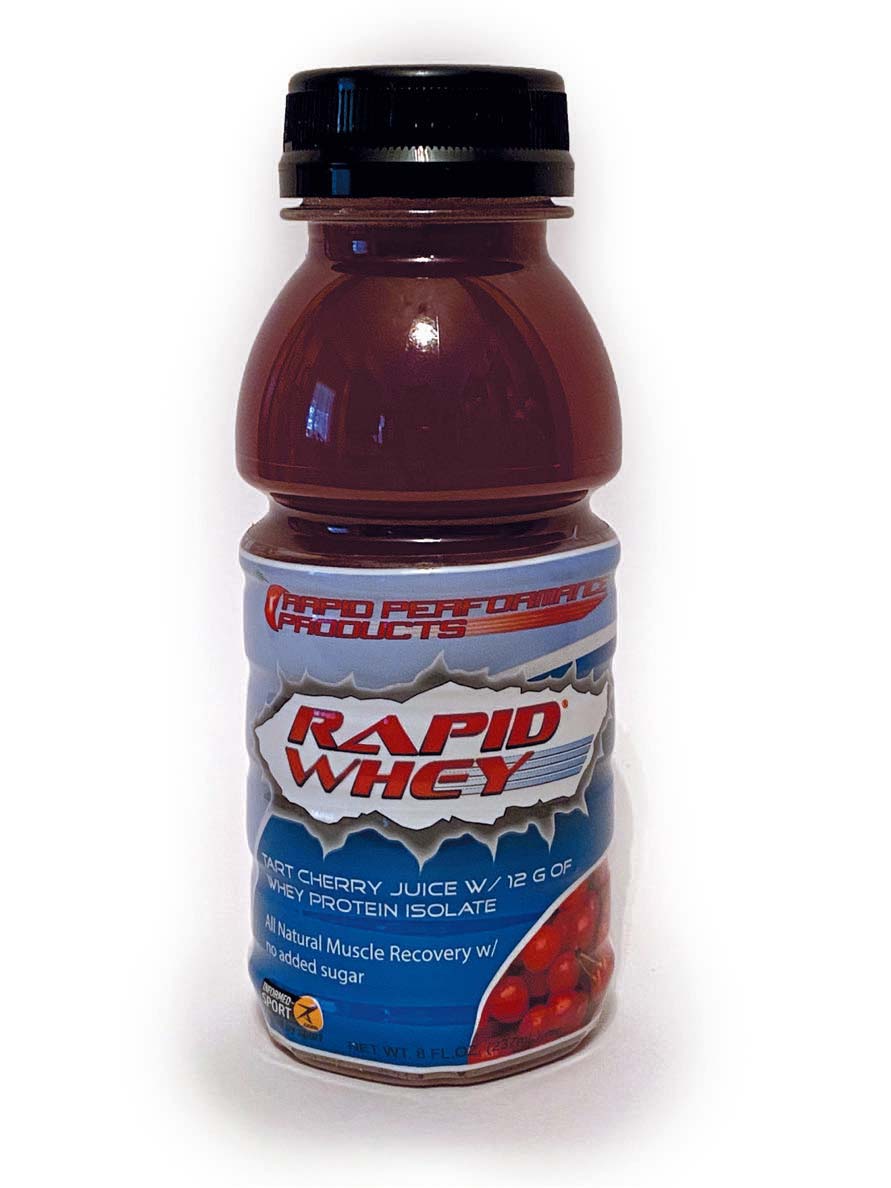Whey Emerges from the Shadow of Curds
For many, the first introduction to whey came upon hearing the popular nursery rhyme “Little Miss Muffet.”
Actually, mystery followed that early 19th century English verse, as many wondered what this stepdaughter of an English physician and entomologist was indeed eating for breakfast. The poem doesn’t really tell, as attention seems to focus more on one of the doctor’s specimens that sits down besides her and frightens her away. But some contend that it was nothing more than an early recipe for cottage cheese.
As the years have passed since that well-documented encounter, the curd seems to have done pretty well on its own, particularly thanks to Wisconsin cheesemakers and their marketing arm. The cheese curd is now considered royalty on snack plates throughout the dairy state, whether deep-fried or popped into one’s mouth at room temperature to elicit that famous squeak upon the first bite.
As for whey, it was long considered a waste product in the process to make the curds, rendered the black sheep within the dairy industry. It’s hard to believe it has a history that dates back some 7,500 years and includes Hippocrates, the father of medicine, who prescribed it to patients as a “serum” to boost the immune system.
Varieties of whey and its rumored miraculous healing qualities were generally lost in modern cheese production. Little did people know that this long-ignored and discarded product was hiding some special qualities that have made it a nutritional powerhouse when incorporated with other ingredients.
Kimberlee (K.J.) Burrington, dairy ingredient applications coordinator at the University of Wisconsin-Madison’s Center for Dairy Research (CDR), offers a quick breakdown of the curd-to-whey ratio that has perplexed so many Little Miss Muffet readers.
“When cheese is produced, about half the nutrients from milk end up in the cheese and the other half in the whey,” said Burrington, who carries the Certified Food Scientist (CFS) designation. “Whey consists of 94% water, but the solids portion contains fat, protein, minerals and lactose.”
Burrington said that remaining 6% has made whey applicable to just about every food application throughout the world.
“Whey ingredients got a name initially for their functional properties, but in the last 15 years they have become best known for their nutritional properties,” said Burrington. “Whey protein is now known to have muscle health benefits because of its high leucine content, which benefits muscle recovery, weight management and healthy aging. There are whole books written about this topic.”
Remarkably, it’s a rather modern development. Burrington said research on whey proteins didn’t really get started until 2005.
Since that time, the research has shown that the quality of whey protein to be exceptionally high.
“It’s high in amino acids, which are the acids that the body requires to be taken in from foods on a daily basis,” Burrington said. “Whey protein has the highest level of the amino acid leucine found in any food protein. Leucine is the amino acid that triggers muscle protein synthesis that is key to muscle building and muscle repair after working out. It is also key to muscle building and growth in children and muscle maintenance as we age.”
‘Whey ingredients got a name initially for their functional properties, but in the last 15 years they have become best known for their nutritional properties.'
K.J. Burrington, UW-Madison’s Center for Dairy Research

Since being first introduced at the University of Wisconsin, Country Oven’s Rapid Whey is now being used by collegiate athletic departments across the country.
Amino acids are often referred to as the building blocks of the human body. There are 22 of them, and nine are essential amino acids. That means they can’t be made by the body and must be obtained through diet. Whey protein is unique in that it contains the highest amount of amino acids. It also made it a highly marketable nutritional product often used in muscle development.
“There are thousands of products that have a protein/health focus in all food categories and more introduced ever year,” said Burrington. One such product is Rapid Whey, produced by Country Ovens LLC in Forestville, a small community near the Door-Kewaunee country line.
It had hardly appeared on store shelves when it appeared on the pages of Edible Door’s first-ever issue in the summer of 2013.
That story talked about the collaboration between the CDR and the University of Wisconsin Athletic Department and eventually Country Ovens.
“We knew we wanted to develop a natural, nutritious recovery drink for our student-athletes, and with CDR, one of the world’s best dairy research institutions, we were happy to collaborate with someone on the UW campus,” said John Dettman, UW’s strength and conditioning coach at the time.
Dettman, a native of Algoma, which is less than 10 miles down the road from Country Ovens, provided the tie with the Door County business that had developed a strong nutritional market for its Cherry De-Lite brand, best known for its dried cherries and cherry drink.
Originally marketed under the title of Red Whey, the recovery drink contains 100% tart cherry juice and 12 grams of whey protein. But the collaboration with UW-Madison had proven to be just the beginning for Country Ovens President Mike Johnson. Country Ovens now offers a pair of nutritional drinks with the Rapid Performance Products label – Rapid Whey with the whey component and Rapid Red, a 100% tart cherry juice with the benefits offered from what many have call the “super fruit.”
“It’s a side product, a different branch of the business,” said Johnson, referring to the Rapid Performance Product line. But what started with the University of Wisconsin has continued to spread across other campuses in the country.
“It still kind of word of mouth for us,” said Jennifer Laughlin, marketing director at Country Ovens. But when you add clients such as Penn State, the U.S. Military Academy, Florida State, Vanderbilt, Princeton and dozens more to the continued demand from Wisconsin, it’s pretty obvious people are talking.
Laughlin said the landscape has changed over the years when it comes to pitching their product. “Right now we’re dealing more with nutritionists rather than strength and conditioning,” she said, referring to the growing amount of time and resources that schools are putting into athletic performance.
Johnson stresses the unique appeal of his drink that provides what he calls a “clean label” without additives that additionally provides athletes with carbohydrates for energy, potassium for electrolyte replacement and the nutrients in cherry juice.
While these applications of whey have been applied to muscle recovery after strenuous workouts, general use of the product varies depending on the individual and their lifestyles.
The Mayo Clinic categorizes whey as “generally safe.”
“Most people can get enough protein from a healthy, varied diet,” it writes. “However, if you are having trouble meeting your daily protein needs due to a medical condition, ask your doctor if whey protein might be helpful. Don’t use whey protein if you have a dairy allergy.”
There’s no evidence that Little Miss Muffet suffered from any adverse affects of whey, and she probably wasn’t aware at the time that its benefits left the spider with little chance to catch her.




